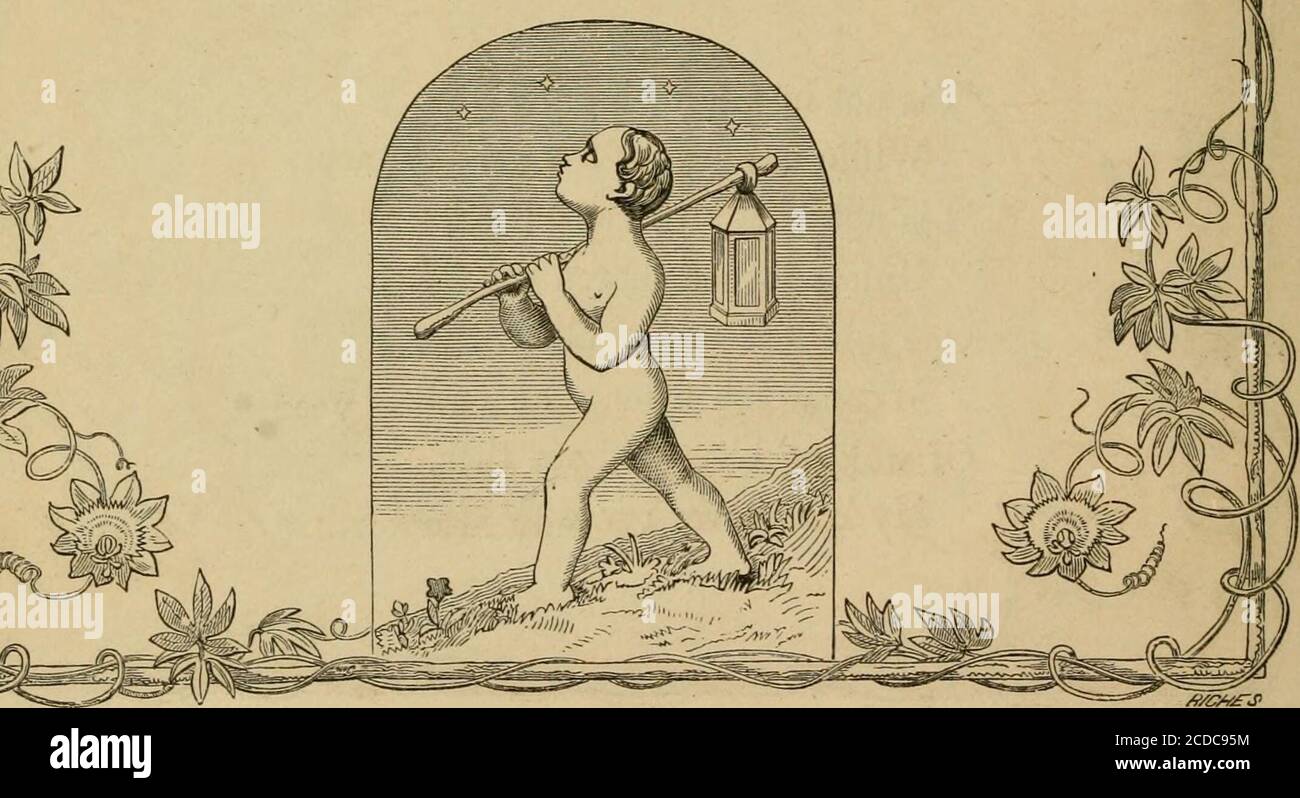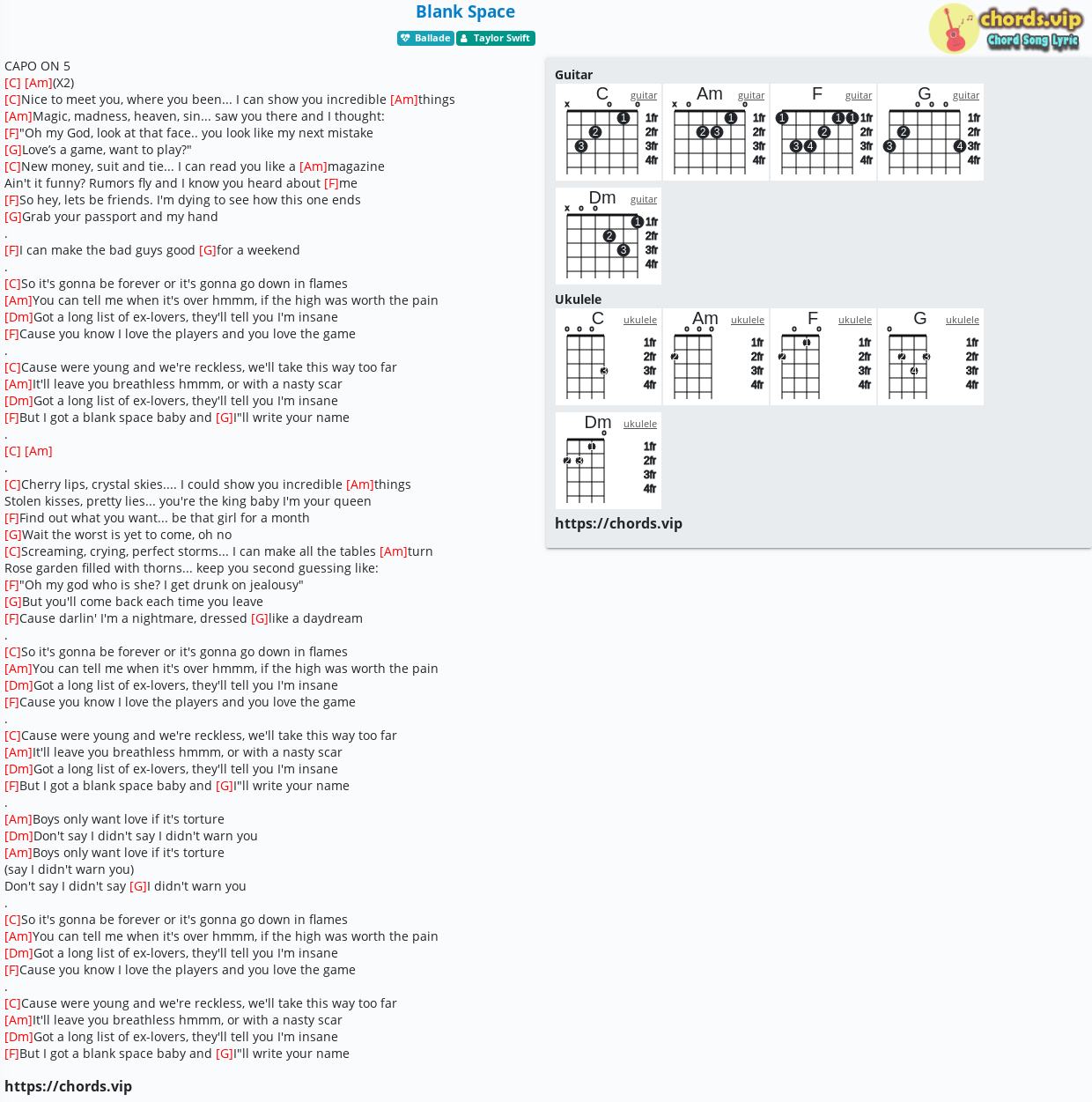
It sounded so cool to me, that combination of the acoustic and electric guitars and the lyrics.

I still recall feeling so moved by that song. “It was a sunny day, and I put the radio on and ‘For What It’s Worth’ came on. “I’m not sure if it was the first time I heard it, but I clearly remember driving with my dad and wearing blue granny glasses, which I thought were so cool,” Lifeson says. Rush’s Alex Lifeson recalls first hearing the song while driving in the family car in the Toronto suburbs. The song was also added into new pressings of the band’s first album, replacing another Stills original, “Baby Don’t Scold Me.”

“I didn’t hear it, but Stephen felt the pulse of it and there you go.”Įveryone else knew the song was special, and the single was rush-released with an amended title, “(Stop, Hey What’s That Sound) For What It’s Worth,” at Ertegun’s suggestion. The combination of the two guitar parts, with my scared little voice, made the record.”įuray admits he didn’t hear anything special in the song at first: “I was more into the electric work, like ‘Bluebird’ and ‘Rock & Roll Woman,’ that phase of where we were,” he says. That was it.” Added Stills later, “Neil came up with the wonderful harmonics part with the vibrato. “Took a broom, a guitar pick and mixed that in so it’s got that sound – of a guitar pick going through a broom, on the straw. “Stan came in and said, ‘You gotta do this one thing to the drum, the snare,'” Young said in Jimmy McDonough’s Shakey. Young credited engineer Stan Ross with the song’s spare, almost sinister arrangement. studio to lay down the song in a one-day session. On December 5th, only a few weeks after the Strip mayhem, the Springfield went into an L.A. “At the end of the day, Stephen said, ‘I have another one, for what it’s worth.'” “Ahmet had come to Los Angeles and we were at Stephen’s house,” Furay recalls. According to one legend, Stills played it for one of the group’s managers, prefacing it with, “Let me play you a song, for what it’s worth.” Springfield singer-guitarist Richie Furay recalls he, Stills, and Young playing new material for Atlantic’s Ahmet Ertegun, a major supporter of the Springfield. “But I knew I had to skedaddle and headed back to Topanga, where I wrote my song in about 15 minutes.” The folk-blues feel of the song harked back to Stills’ days in the Greenwich Village folk scene.Īs anyone who’s heard it knows, the phrase “for what it’s worth” appears nowhere in the song.

“It was really four different things intertwined, including the war and the absurdity of what was happening on the Strip,” Stills later told The Los Angeles Times. Egged on by that fight, the protesters (some of whom carried placards that read “We’re Your Children! Don’t Destroy Us”) trashed a city bus and threw bottles and rocks at storefronts. According to reports, a fight broke out for reasons having nothing to do with the curfew a car carrying a group of Marines was bumped by another vehicle. On the night of November 12th, a local radio station announced there would be a protest at Pandora’s Box.

An increasing number of clubgoers was descending on the Strip, irritating area residents and upscale boutiques, and the LAPD instigated a 10 p.m. The song is going, ‘What the hell is this?’ You can apply the song to any situation in any decade.”īy 1966, the situation in Los Angeles was tense. The main hook, ‘Everybody look what’s going down’ – you can apply that, to say, the current election. “The way it’s written, it’s so open to interpretation,” says Heart’s Ann Wilson, who released a cover last year on her first EP with side project the Ann Wilson Thing. In 2014, it came in at number three on Rolling Stone‘s readers poll of the best protest songs.
#WERE WORTH IT SONG TV#
(Robert Plant also cut a version with his pre-Zep band, Band of Joy.) Public Enemy even sampled it on 1996’s “He Got Game.”Īccording to BMI, the song’s publishing house, “For What It’s Worth” been played 8 million times on TV and radio since its release. The Staple Singers were among the first to cover it, in 1967, but since then, it’s been recorded by a mind-bendingly diverse number of acts: Ozzy Osbourne turned it into a grim stomper, Lucinda Williams into a ghostly ballad, Kid Rock into a classic-rock homage, Rush into a swirling soundscape, Led Zeppelin (in live bootlegs) into languid blues. “For What It’s Worth” has transcended its origin story to become one of pop’s most-covered protest songs – a sort of “We Shall Overcome” of its time, its references to police, guns and paranoia remaining continually relevant.


 0 kommentar(er)
0 kommentar(er)
